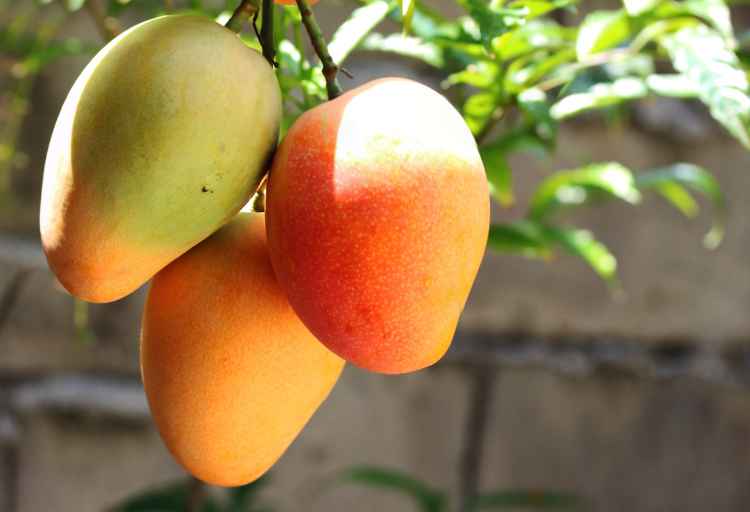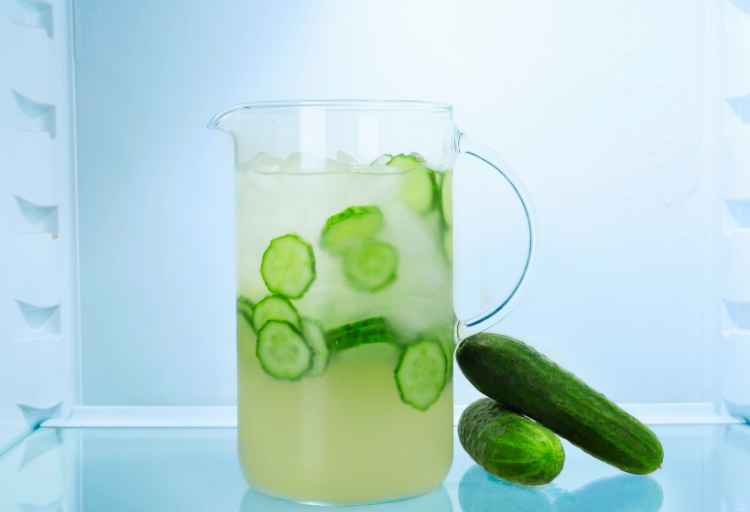Can Mangoes Grow in Canada? Exploring the Feasibility and Challenges
Mangoes, known for their deliciously sweet and tropical flavor, are often associated with warm, tropical climates.
However, with advancements in agricultural practices and the desire to diversify Canada’s fruit production, the question arises: Can mangoes actually be grown in Canada?
Can mangoes grow in Canada? Mangoes (Mangifera indica), native to tropical climates, face challenges in Canada’s colder environment. While greenhouse cultivation offers potential, the native climate remains unsuitable for mango trees to thrive outdoors.

Contents
Can mangoes grow in Canada?
Tropical Origin and Climate Sensitivity
Mangoes are native to tropical regions and thrive in warm, frost-free environments with temperatures ranging between 77°F to 95°F (25°C to 35°C).
This poses a significant challenge in Canada, where the climate varies greatly from coast to coast. The majority of Canada experiences cold winters and short growing seasons, which are not conducive to mango cultivation.
Sunlight and Growing Season
Mango trees require abundant sunlight to produce fruit. The Canadian climate, particularly in northern regions, does not provide the consistent sunlight levels found in tropical regions.
The shorter growing season also limits the time available for the trees to flower, fruit, and ripen.
Challenges of Growing Mangoes in Canada
Cold Climate and Frost Risk
One of the primary challenges is the cold Canadian climate. Mango trees are highly sensitive to frost and cannot withstand freezing temperatures.
Even in milder regions of Canada, the risk of late spring frosts and early fall frosts could be detrimental to mango trees at critical growth stages.
Limited Growing Season
Mangoes have a long growing season that extends over several months. However, in Canada, the growing season is limited to a few months, particularly in regions with harsh winters.
This constraint affects the development of the trees and their ability to bear fruit.
Soil and Drainage
Mangoes thrive in well-draining, sandy or loamy soil. Canadian soil, especially in regions with heavy clay content, might not provide the optimal drainage conditions required by mango trees.
Adapting soil composition to suit mango cultivation could be a substantial challenge.
Potential Solutions and Adaptations
Greenhouses and Controlled Environments
To overcome the limitations posed by the Canadian climate, some innovative approaches can be employed.
Greenhouses and controlled environments can provide the necessary warmth and protection from frost.
These spaces allow for precise regulation of temperature, humidity, and sunlight, creating a microclimate suitable for mango cultivation.
Dwarf and Container Varieties
Dwarf mango varieties and container gardening offer potential solutions for growing mangoes in limited spaces.
These smaller trees can be moved indoors during colder months, extending their growing season. However, this approach may still require careful management of light and temperature.
Microclimates and Heat Islands
Certain urban areas in Canada, known as “heat islands,” experience slightly higher temperatures due to urbanization and human activity.
Utilizing these microclimates can create pockets of warmth that might be more conducive to mango cultivation.
Benefits and Considerations
Local Production and Sustainability
Growing mangoes in Canada, even if on a small scale, could contribute to local fruit production and reduce the need for importing mangoes from distant regions.
This aligns with the principles of sustainability, reducing the carbon footprint associated with long-distance transportation.
Research and Innovation
The pursuit of growing non-native crops like mangoes in Canada can stimulate agricultural research and innovation. It encourages the development of new techniques, technologies, and plant varieties that could have broader applications in agriculture.
Economic Opportunities
Successful mango cultivation could open new economic avenues, such as agrotourism, local markets for unique fruit varieties, and export to regions with similar climates.
Conclusion
While the idea of growing mangoes in Canada might seem far-fetched due to the challenging climate, advancements in agricultural practices and technology have made it possible to explore this possibility.
Greenhouses, controlled environments, and innovative cultivation techniques could provide solutions to the obstacles presented by Canada’s cold climate.
Although significant challenges remain, the pursuit of growing mangoes locally showcases the resilience and adaptability of agricultural practices in the face of changing conditions.
Whether or not mangoes become a staple crop in Canada, the journey toward their cultivation underscores the spirit of exploration and innovation within the agricultural community.
FAQs
Can mangoes be grown in Canada outdoors?
Growing mangoes outdoors in Canada’s cold climate poses significant challenges due to frost sensitivity and limited growing seasons. However, innovative solutions like greenhouses can create suitable conditions.
Are there mango varieties that can withstand Canada’s climate?
Certain dwarf and container mango varieties can be adapted for Canadian conditions. These smaller trees can be moved indoors during colder months to extend their growing season.
What are the benefits of growing mangoes in Canada?
Local mango cultivation could contribute to sustainable agriculture, stimulate research, and open economic opportunities such as agrotourism and unique fruit markets.
Can mango trees survive in Canada’s urban areas?
Urban heat islands in Canada may offer slightly warmer microclimates, which could be favorable for mango cultivation. However, challenges like space and proper care must be considered.
How can Canadians overcome the challenges of growing mangoes?
Innovative practices such as controlled environments, careful soil management, and utilization of microclimates can help mitigate the challenges of Canada’s climate and create a conducive setting for mango cultivation.






